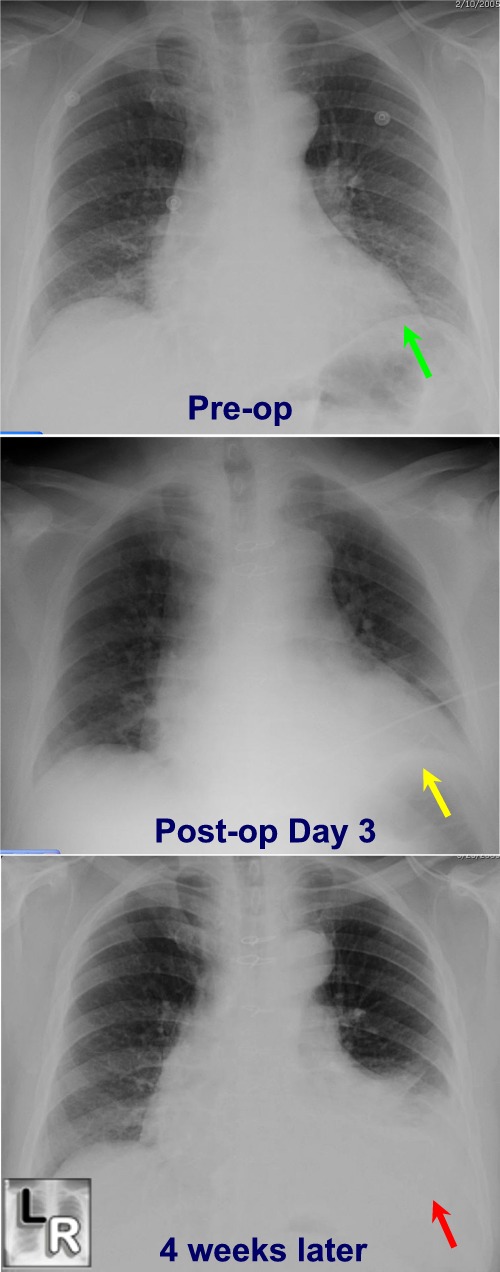You’ve decided you’ve had it. You’re tired of spending so much money to feed your family every week. You can’t make your kids quit eating so what are you going to do? You’re going to beat the system.
Follow these tips to find the cheapest food and feed your family great meals for lower costs.
First, if you don’t already shop at the cheapest grocery store in town -- start. Odds are, you know what the cheapest store is, you just like the nicer store with the polished floors and pretty displays. We all do but when it comes to saving money on your grocery bill, it won’t work. Shop at the cheapest store.
Now that you’re shopping at the cheapest grocery store in town, here are some tips for saving money on buy the food you need.
Meat
I always make a weekly menu so I buy only what I need. However, there is an exception to this rule. Check the Sunday newspapers and look at all of the grocery store sales flyers. When you see a spectacular deal on meat -- buy a month’s worth.
When turkeys and hams go on sale during Thanksgiving, Christmas, and Easter, get a couple extra and freeze them.
Buy fish and seafood when it is in season.
Cook more meals with chicken than you do beef and pork. Chicken is always the cheaper alternative.
Shop early in the morning. The meat that didn’t sell yesterday will be marked down. Ask the meat manager where he keeps the meat specials if you can’t find them.
Dairy Products
Dairy products tend to be expensive at the regular grocery stores.
Shop food warehouses and buyer clubs.
You can buy milk and cheese in bulk and freeze it. Freezing doesn’t hurt the quality of either one.
Produce
If you live in a large enough city, you can probably find a produce stand that stays open year round. As a rule, don’t buy produce in a grocery store unless it is featured as one of their loss leaders.
Some of the year round produce stands will have slightly bruised or damaged produce for 75% off. Ask if you don’t see this available.
Always buy produce in season:
Fall -- apples, pumpkins, winter squash
Winter -- citrus fruits, broccoli, brussels sprouts
Spring -- bananas, pineapples, plums, strawberries, watermelon, artichokes, asparagus, green beans
Summer -- apricots, avocados, blackberries, blueberries, grapes, lemons, melons, nectarines, peaches, pears, beets, corn, cucumber, green onions, peas, peppers, tomatoes
Potatoes, carrots, and celery are always in season.
Breads, grains, pasta, cereals
The cheapest place to buy bread is at the "day old" bread stores, but there are some grocery stores that will sell bread even cheaper than you can get it there so be on the lookout for this.
Buy whole grains like oats, cream of wheat cereal and corn meal in bulk.
Bulk buy all your baking supplies like flour, yeast, and spices.
Also buy in bulk your beans, rice and pasta. It’s much cheaper to buy dried beans than canned beans and it’s easy to learn how to cook them.
Keep this list of ideas and shopping "tactics" handy until you learn them. Shop using this list and it will go a long way toward saving money on groceries and beating the system.










